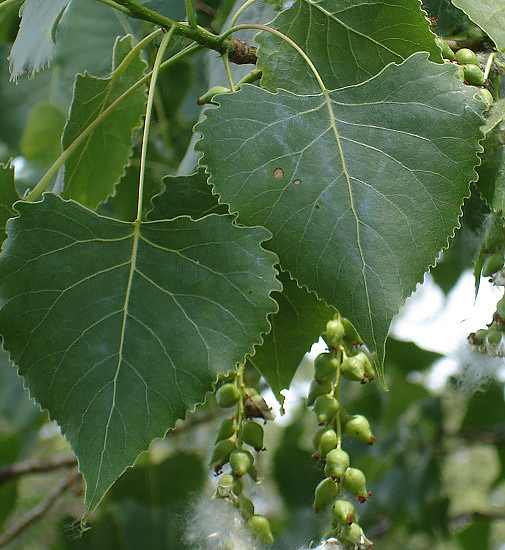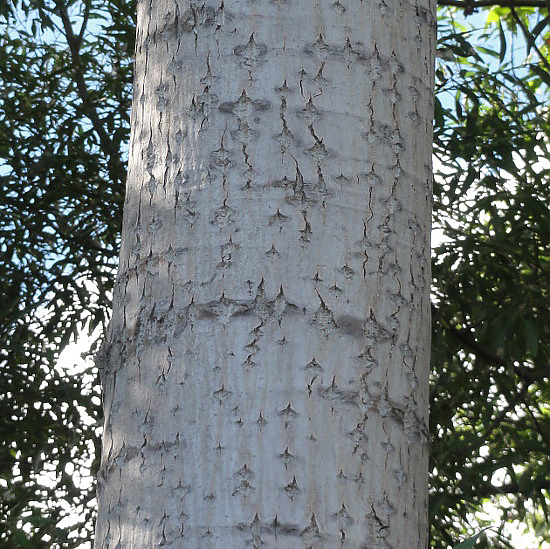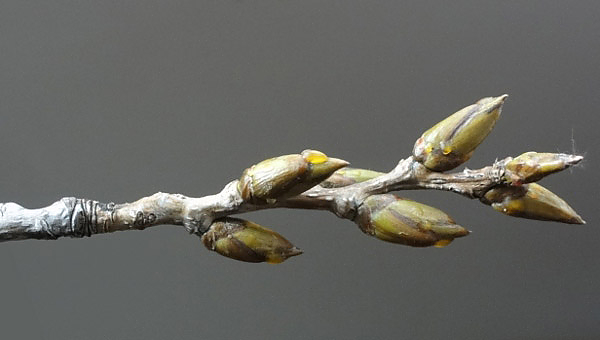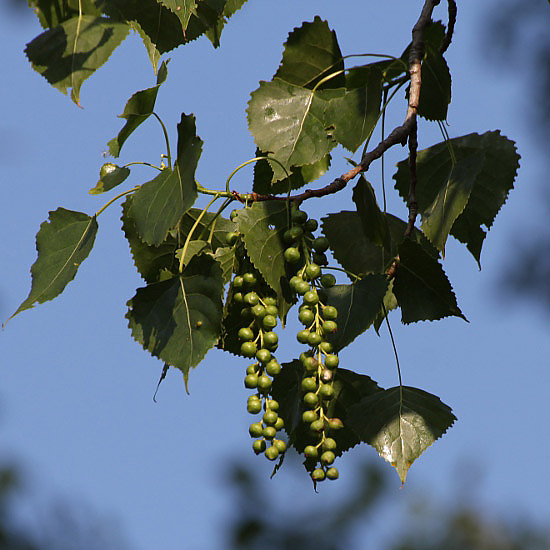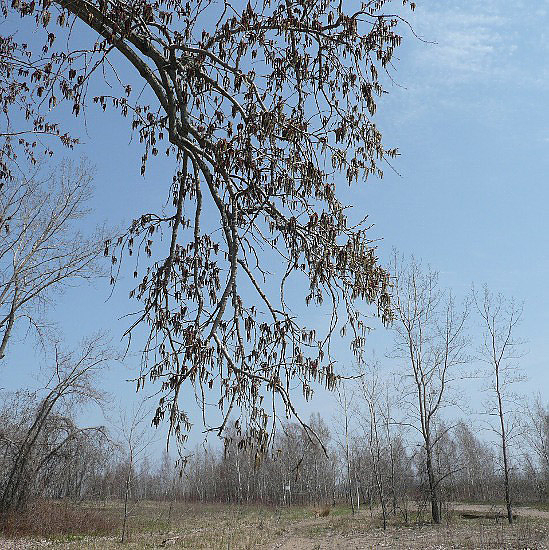Identification:
Leaves—
wide, somewhat elongated with a slight dip at the end, green.
Twigs—
long, brown, and thin.
Flowers—
Female and male catkins are clustered and they are separate trees, the male ones are red while the female ones are green.
Fruit—
round and light brown
Bark—
rusted grayish brown with green moss
Natural History:
Lifespan—
fast growing, however short-lived.
General description—
They are native to North America, and they are known for their fast growth and silky white-haired seeds. Due to the soft texture of this tree, the bark is usually used to make smoother materials such as plywood; they are also usually found in a natural park setting. This tree species is shade-intolerant and they are found in moisture-rich sites near water sources.
Natural distribution and habitat—
Ontario in Eastern North America.
Conservation status—
they don't live very long, they are still found near waterways, not threatened with extinction.
Uses—
Both squirrels and beavers use this tree for food, the beavers also use it to build their dams.
